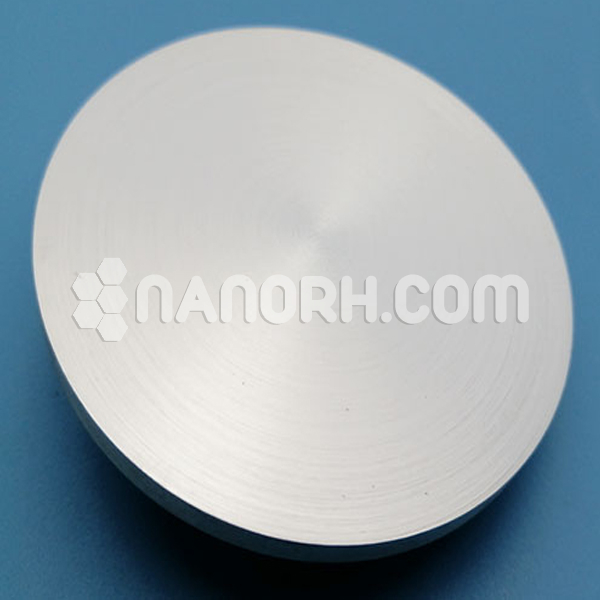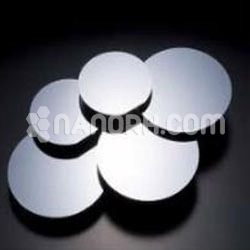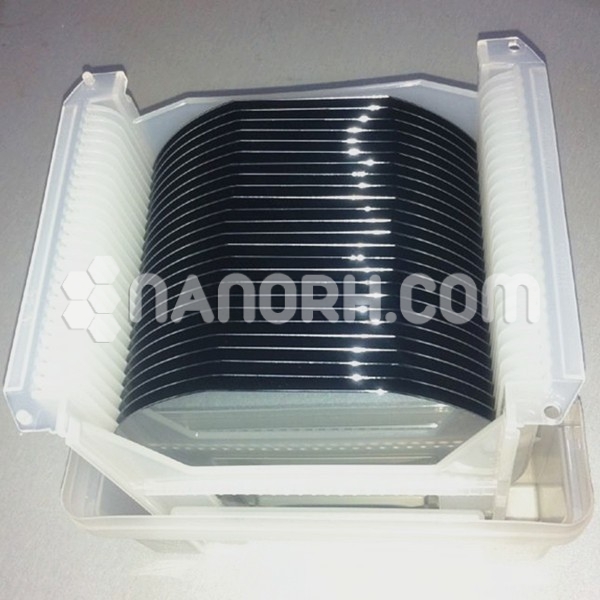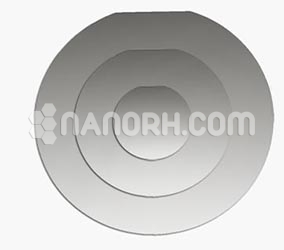| Niobium Sulfide Sputtering Targets | |
| Product No | NRE-43529 |
| CAS No. | 12164-38-4 |
| Formula | NbS |
| Molecular Weight | 124.97 |
| Purity | >99.9% |
| Density | NA |
| Thickness | 3 mm ± 0.5mm (can be customized) |
| Diameter | 50 mm ± 1mm (can be customized) |
| Shape | Round |
| Resistivity | NA |
| Thermal Conductivity | NA |
Niobium Sulfide Sputtering Targets
Introduction:
Niobium sulfide sputtering targets is a compound formed from niobium and sulfur, known for its interesting electrical and thermal properties. As a member of the transition metal dichalcogenides (TMDs), NbS exhibits unique characteristics, including layered structure and potential superconducting behavior. Sputtering is an effective technique for depositing thin films of niobium sulfide onto various substrates, facilitating its use in advanced applications across electronics and materials science.
Applications:
Superconducting Materials: Niobium sulfide has shown promise in superconductivity research. It can be used in superconducting devices, including wires and films, which are essential for applications such as magnetic resonance imaging (MRI) and particle accelerators.
Field-Effect Transistors (FETs): Due to its semiconducting properties, NbS is explored for use in FETs and other electronic components. Its layered structure allows for the fabrication of ultrathin devices, which can improve performance in flexible and lightweight electronics.
Optoelectronic Devices: Niobium sulfide exhibits interesting optical properties, making it suitable for applications in photodetectors and light-emitting devices. Its ability to interact with light can enhance the performance of optoelectronic systems.
Energy Storage: Research is ongoing into the use of NbS in energy storage applications, such as supercapacitors and batteries, where its electrical properties can enhance charge capacity and cycling stability.
Sensor Technologies: The unique properties of niobium sulfide make it a candidate for various sensor applications, including gas sensors, where it can be tuned for high sensitivity and selectivity.
Thermal Conductors: NbS’s good thermal conductivity can be beneficial in applications requiring effective heat dissipation, such as in electronic packaging and thermal management systems.




